
| ( donherbisonevans@yahoo.com) and Stella Crossley |

| ( donherbisonevans@yahoo.com) and Stella Crossley |
For Caterpillars there are two ways that may be used to determine the sex.
1. GONADS
The developing sexual organs may be seen
through the transparent skin of some caterpillar species,
typically as a pair of yellow organs,
one each side of the dark dorsal heart line:
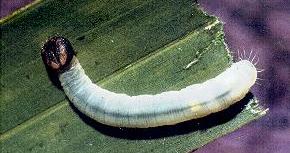 male | 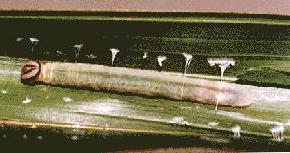 female |
2. SIZE
For many species female caterpillars are larger than males
of the same age.
BUTTERFLIES and MOTHS
For adult butterflies and moths there are basically nine ways
you may be able to tell a female from a male.
1. ANTENNAE
The antennae of Lepidoptera appear to be the main organs of smell.
Many moth species fly only at night, or have flightless females,
and so use pheromones for sexual attraction.
Usually it is the female which emits the pheromone.
which the males smell with the antennae.
So the antennae of male moths of many species
has a more feathery appearance than that of the female.
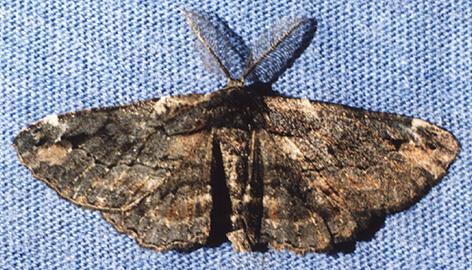 male showing feathery antennae. | 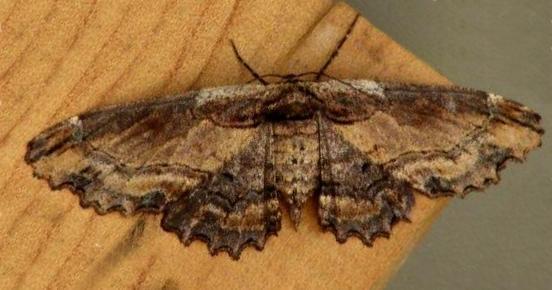 female showing threadlike antennae |
2. SEX BRANDS
The male and female butterflies of many species in
HESPERIIDAE
differ in that the males have a long mark
near the middle of each forewing.
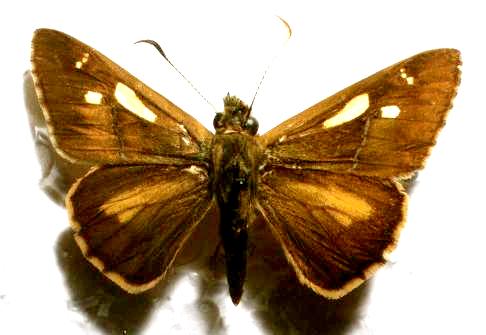 male | 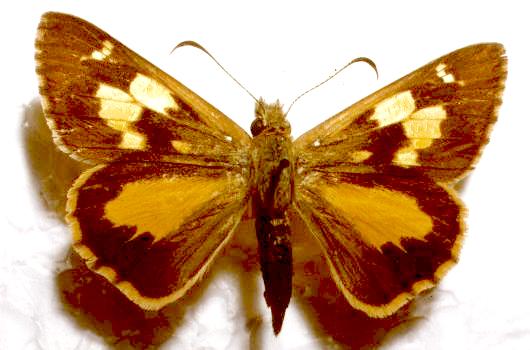 female |
3. SIZE
The abdomen of the female has to carry eggs,
so in many species the abdomen of the female is fatter,
and the wings bigger than those of the male.
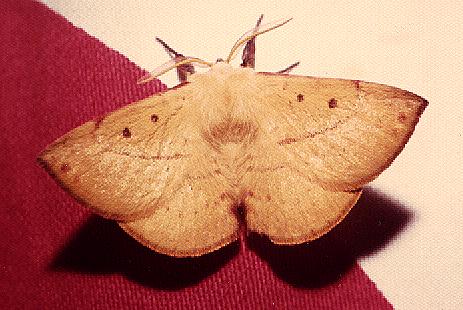 male | 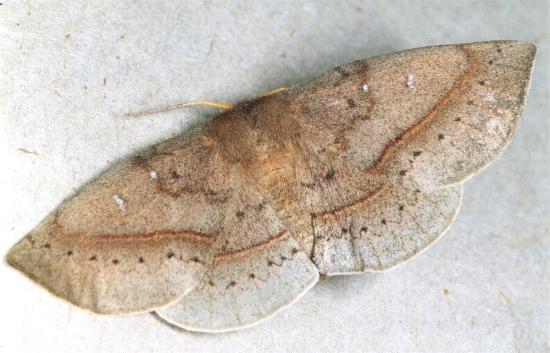 female |
4. FLIGHTLESS FEMALES
In many families
the female of some species is flightless and has no wings at all.
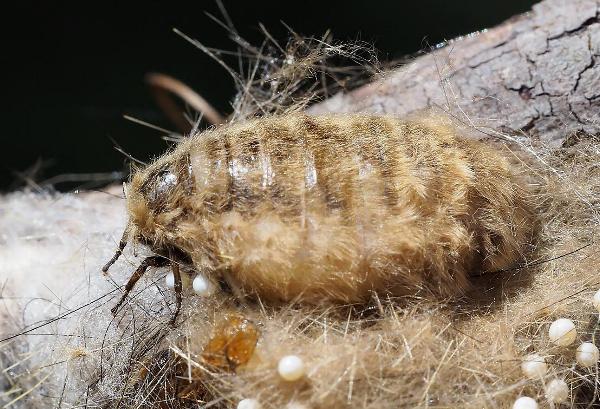 female | 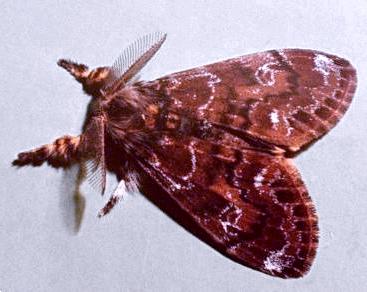 male |
5. DIMORPHISM
Some species are dimorphic, so the female has a different pattern
and coloration on the wings from that of the male.
 female | 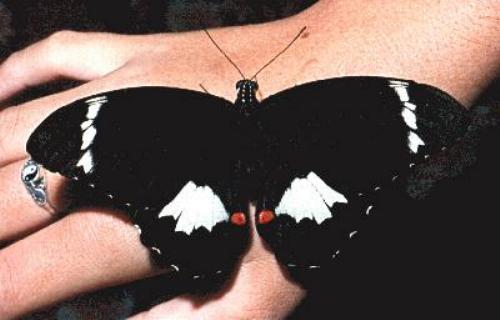 male |
6. TERRITORIAL BEHAVIOUR
With some butterflies and moths, for example
Papilio anactus,
the behaviour of the sexes is different.
The males continually circle around their territory, which is typically 100 metres across,
whereas the females just fly across the land haphazardly.
So if you see the butterfly or moth come past regularly say every 15 minutes, it is a male.
If you see it once and never again, it was a female.
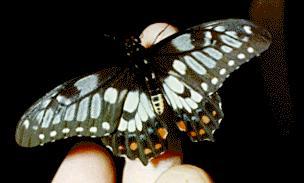
7. EGGS
If you capture a moth or butterfly and keep it overnight,
if it lays eggs it is definitely a female, and if it does not, then it could be a male.
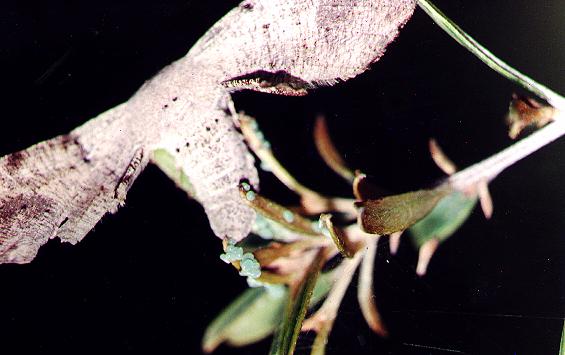
8. ABDOMEN TIP
The tip of the abdomen of some moths has glands for dispersing pheromones,
and these are sometimes accompanied by tufts of hair or eversible organs.
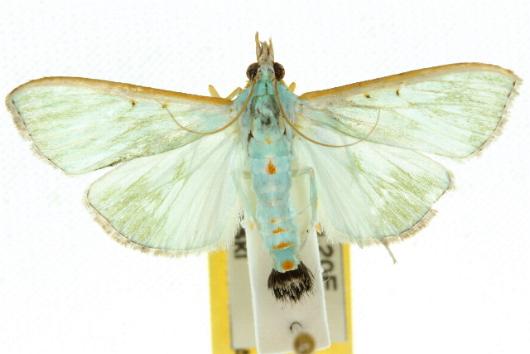
Usually it is the females that emit the pheromones, and have a tuft of hairs for that purpose,
but in some species the males have eversible hairs or organs which emit male pheromones.
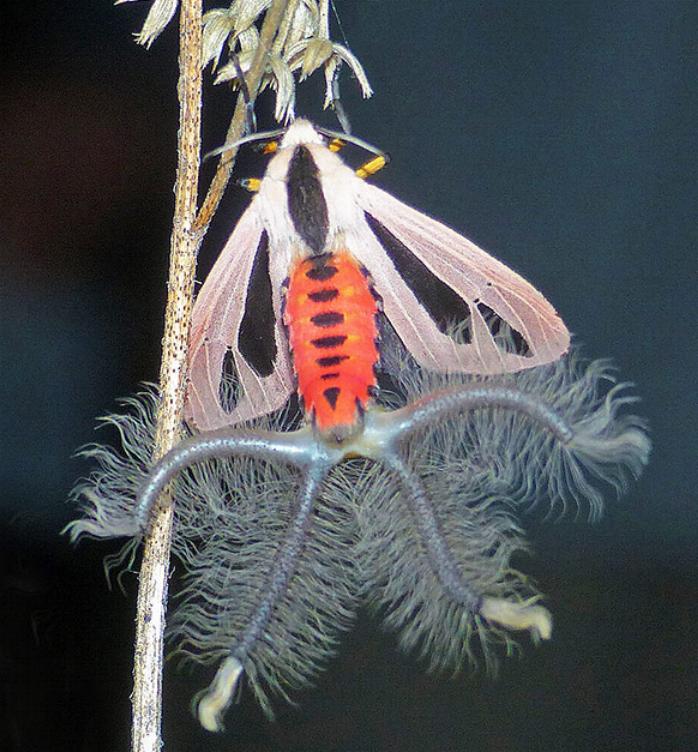
9. DISSECTION
In some species, there is no obvious difference between
the sexes, and one must resort to dissection of
the tip of the abdomen to examine the genitalia
under a microscope in order to work out the sex of a specimen.
The sclerotised parts of the genitalia of the female and male adults
evolve to become unique to each species,
and so act as a lock and key,
inhibiting sex between individuals of different but similar species.
 FAQ |  butterflies | 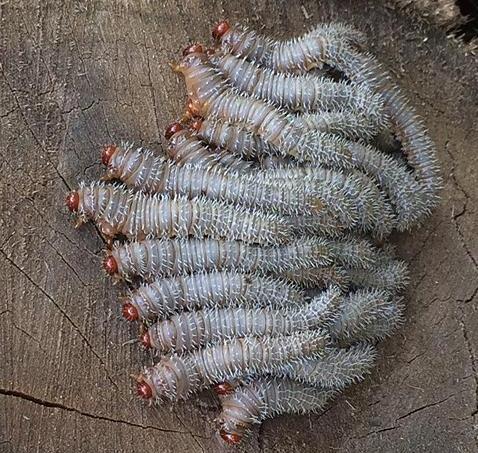 FAQS |  Lepidoptera |  moths |  FAQ |
(updated 6 November 2012, 25 December 2017)